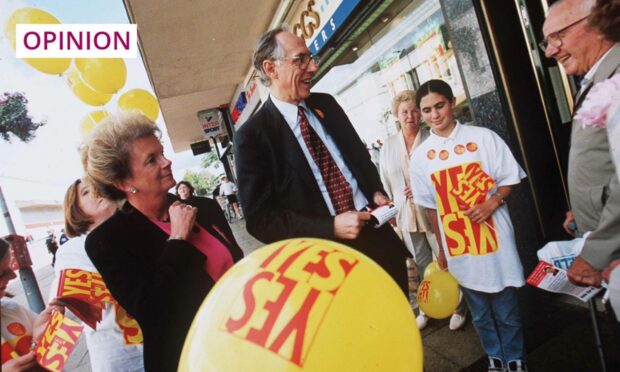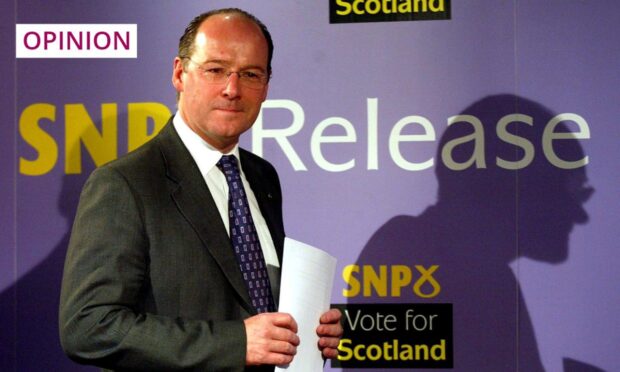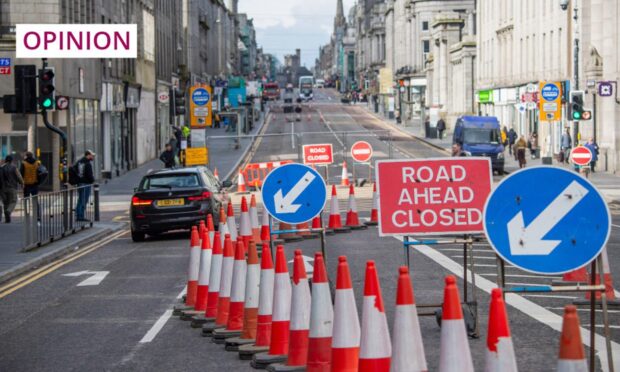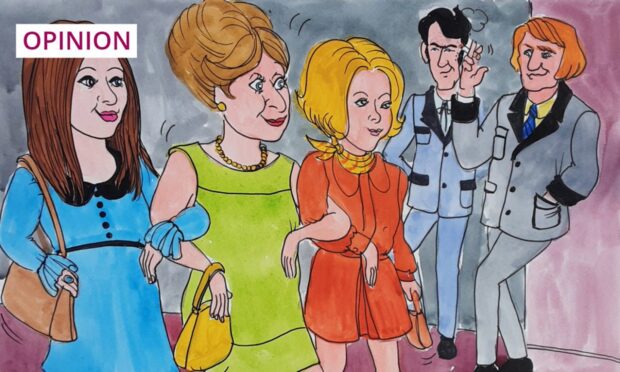British Christianity is in pretty poor shape.
Countless surveys show more and more people turning their back on Christianity by declaring they have “no religion.” People raised in the faith now don’t practise it nor do they identify with it. Church attendance has been plummeting since the 1960s, as Britain aimlessly drifts towards Armageddon.
A recent report stated; “Christianity in Britain is dying out as the younger generation say no thanks, with a growing majority embracing the non-religious path. This rise is arguably the story of British Christianity over the past half-century.”
“There’s a distinct absence of pastors, preachers, ministers and laity.”
In a 1999 Scottish survey, 35% when asked, answered they belonged to The Church of Scotland, but in 2016 this had fallen to 18%. The Catholics dropped from 14% to 10% over the same period, 40% answered ‘no religion’ in 1999 but in 2016 the number rose to 58%.
The most worrying trend was among the 18 to 34 age group, 55% in 1999 answered ‘no religion’ but in 2016 the number rose to 74%.
Compare the state of today’s Christian churches to 1900 and things look bad, but compare them to the 18th century and things look pretty average.
The history of British Christianity is actually one of peaks and troughs – and understanding how and why it has yo-yoed helps us to understand a bit better what we’re witnessing today.
In 1800, Easter Day in St Paul’s Cathedral saw only six people take communion. In the late 18th century the Church of England was experiencing a crisis. Churches stood empty, clerical numbers were falling and people complained that priests were out of touch with their congregations.
Worse still, scepticism, even atheism was on the march in Europe. Every complaint made about contemporary Christianity today was also made in the 19th century.
But what bears the most fruitful comparison with contemporary society is the impact of industrialisation. As people moved to the big cities, they were uprooted from their old parishes. Folk customs died out. City-living bred alienation. The symptoms were promiscuity, homelessness, broken homes, alcohol and drug addiction.
London entered a period of secularisation that arguably, has never entirely gone away. In the 18th century it is estimated that some London Anglican churches saw only 1-2% of their parishioners take communion. Even at the height of London’s spiritual renewal, in the late 19th century, still only around a quarter of the working-class went to Church.
So what changed? By 1900 interest in Christianity had reached a new zenith. One cause was that the faith simply became fashionable again. It caught on, particularly among women, emerging as an outward sign of middle-class probity. Most critical, however, was the rise of evangelism in the 19th century. The Anglicans turned things around by launching missions: they decided that the faith had to be seen to be relevant to people’s needs – so it was the churches that campaigned for workers’ protections, the outlawing of child prostitution and the creation of the welfare state.
The early Labour Party was dominated by Methodists, many of them obsessed with the evils of alcohol. But the Victorians didn’t just pursue social justice for its own sake – as many contemporary liberal Christians do – they saw it as a tool of Christian mission.
They sought to feed both the belly and the soul. Enter William Booth and his Salvation Army. And that’s what’s missing from 21st century British Christianity: evangelisation. The only people you’ll see doing it in the streets are the Jehovah’s Witnesses and the Mormons. There’s a distinct absence of pastors, preachers, ministers and laity going out among the people trying to win souls. You’ll never bring people to an understanding of Jesus if you don’t tell people about him. All the surveys prove that you can’t rely on inherited tradition to get bums on pews.
Put it this way. Imagine that our churches were like a large superstore. If the large superstore stopped advertising, people would stop shopping there. If the large superstore constantly banged on about how its own products are old fashioned and in need of updating, people would stop shopping there. If the large superstore said that it would be nice if you’d visit once in a while but entirely understood why you don’t, people would stop shopping there.
The Christian churches in Britain have become their own worst enemy – killing faith off with silence, apathy and indifference, resulting in people no longer attending church, and leading to church closures.
Wake up Church, pray, advertise your message, and speak up, telling people about your beliefs, and at the centre of your Christian faith the eternal truth that Jesus Christ, the Son of God died and rose from the dead to herald in a new era.
The power of the Gospel, the Good News, is compelling, in fact, so compelling that it cannot fail to influence lives and win people back. It’s time to share it, so Church, go out and ‘gossip’ the Gospel.
John Young is a former soldier, Salvation Army officer and Grampian regional councillor for Bridge of Don.











